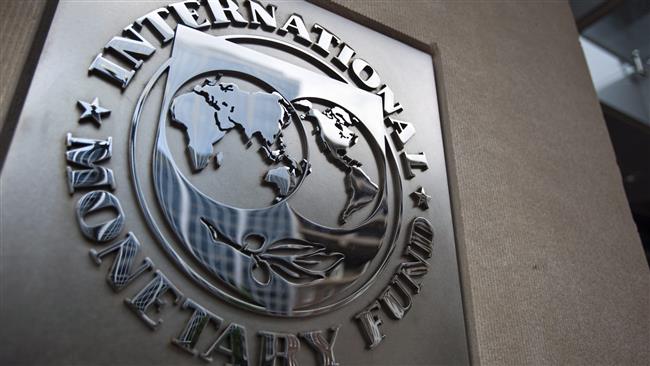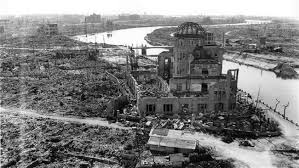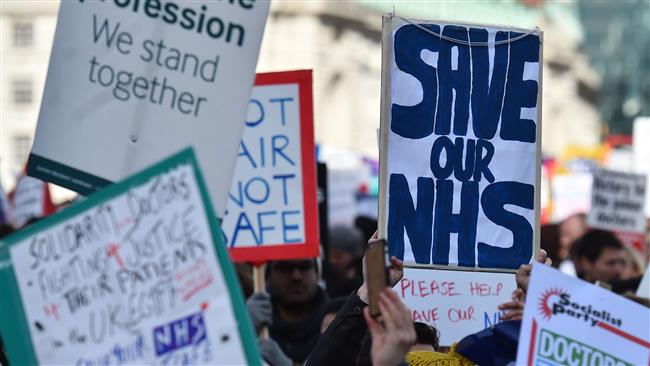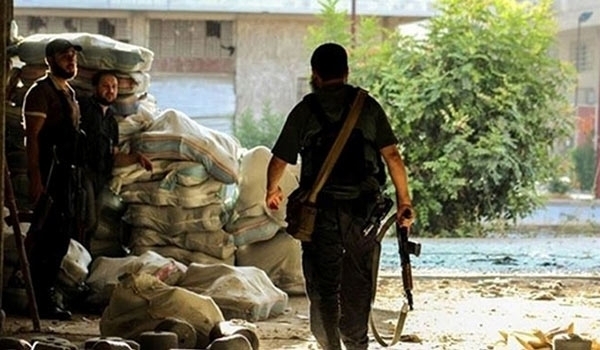IMF hails Iran’s post-sanctions economic performance


The International Monetary Fund (IMF) has hailed Iran’s ability to achieve what it has described as an impressive economic recovery after the removal of multiple-year sanctions against the country.
The IMF in an annual report on Iran’s economic performance said that higher oil production and exports after the removal of the sanctions in January 2016 were supporting a strong rebound in the country’s economic growth.
It said Iran should be specifically credited for its ability to decrease inflation to as low as 6.8 percent in June 2016, down from a peak of 45 percent in June 2013.
The Fund annual report, known as the Article IV review, acknowledged that Iran’s inflation was hovering in the 9.5 percent range, year-on-year, since mid-2016.
It added that inflation would temporarily rise to 11.9 percent (year-on-year) by next April, stressing that it would return to single digits in what it said was expected to be a result of “prudent fiscal and monetary policies”.
The IMF said it welcomed plans devised by officials in Tehran to reduce Iran’s reliance on oil and develop the private sector.
Nevertheless, it warned that Iran still faced what it described as “considerable challenges” in realizing its full potential.
The IMF emphasized that Iran specifically needed to reform its financial sector to support its economic stability.
It said the removal of sanctions against Iran had spurred growth but “banking system weaknesses, structural bottlenecks, and hesitation by foreign banks to re-establish financial links have held back expansion of non-oil activity.”
It said in its assessment on Iran – that was based on a series of visits to the Islamic Republic and discussions with officials in Tehran – Iran’s risks were to the downside. However, it called on Iranian officials to take note of the renewed external uncertainty that it said could hamper foreign investments in the country.
The IMF praised efforts by Iranian authorities to put in place the elements of an ambitious reform plan to address the challenges that the country’s economy was facing, stressing that the plan was consistent with past advices provided to the Islamic Republic by the Fund.
The Fund further emphasized that it expected Iran’s economic growth to stabilize at 4.5 percent over the medium-term as the country’s economic recovery broadened.
It added that the country’s real growth could reach 6.6 percent by the end of the current Persian calendar year (March 21, 2017).
The Fund added that Iran would start to witness an increase in the volume of foreign direct investment (FDI) and specifically a gradual improvement in domestic financial conditions within the next two years.
This, it said, would in turn help drive investment and provide a stronger non-oil sector growth.




